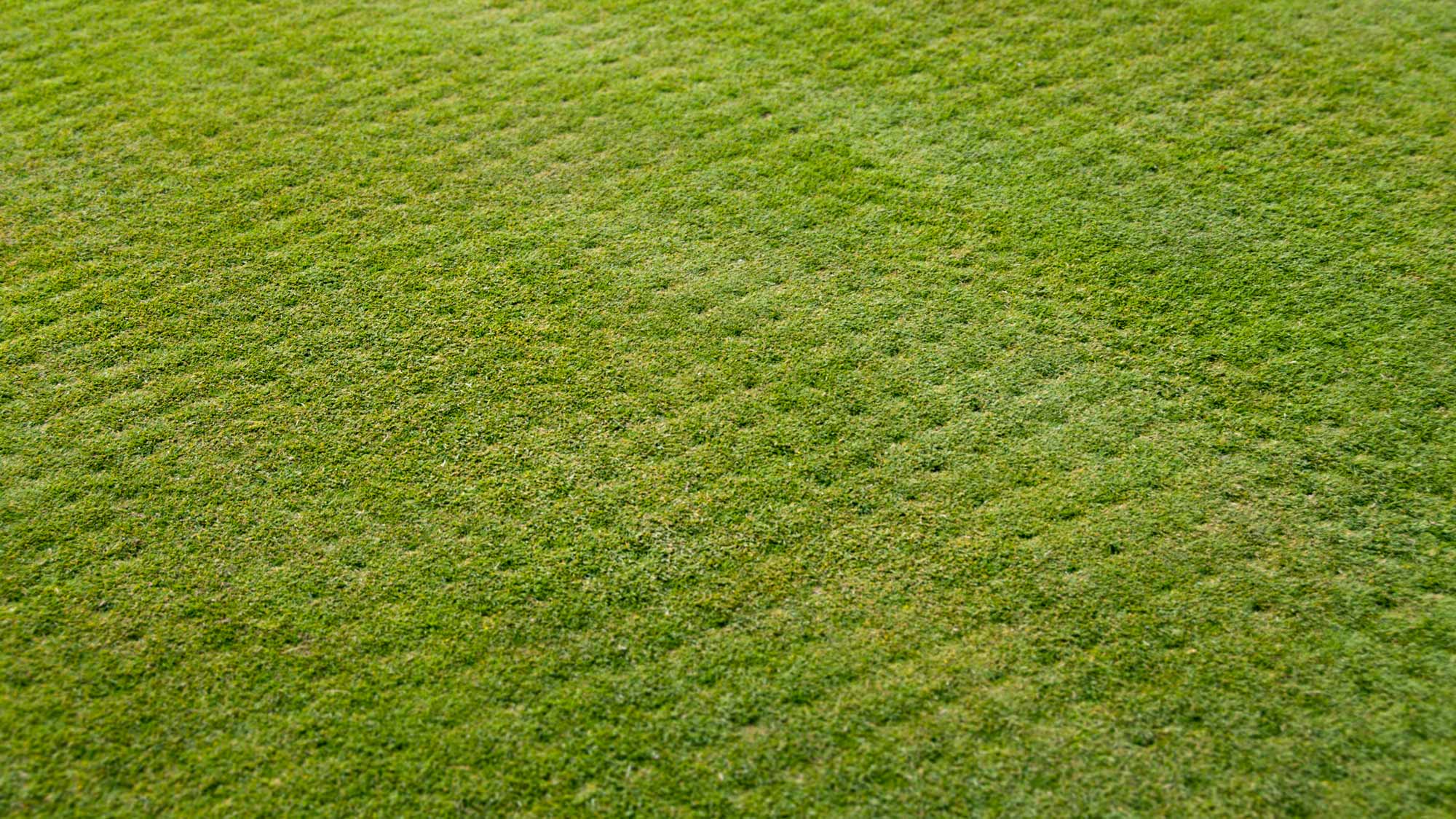-
Shopping Tools
-
Care & Maintenance
-
About
-
Dealer Login

Aerification, also known as core aeration, is an essential part of golf course maintenance that helps improve turf health. While aerification is necessary for maintaining healthy greens, it can temporarily impact the playing conditions of the course. The effects of aerification can last from a few days to several weeks, depending on a variety of factors that influence recovery time.
The recovery time following aerification depends on several factors, including the weather, the size of the aeration holes, the amount of topdressing applied, and the overall health of the turf. Let’s take a closer look at each of these factors and how they contribute to the course’s recovery:
The timing of aerification plays a critical role in how quickly the golf course recovers. Ideally, aerification is done during the growing season when the turf is actively growing. During spring or early summer, the grass is in its peak growth phase, and it can recover more quickly from the stress caused by aeration. In contrast, aerifying in colder months or during the dormant season can significantly lengthen recovery time, as the grass may not be growing enough to heal quickly.
Courses in warmer climates can aerify year-round, but for courses in cooler regions, aerification is typically done in the late spring or early fall to ensure the best conditions for recovery.
Weather plays a significant role in how fast the golf course recovers after aerification. Warm, sunny weather with adequate moisture encourages faster turf recovery. On the other hand, if the weather turns cold or there is insufficient rainfall, the recovery process may take longer. Aerification during hot, dry conditions can also cause added stress to the grass, extending the healing period.
In ideal conditions, with moderate temperatures and rainfall, recovery typically takes around two to three weeks. However, if the weather is unfavorable, such as during a cold snap or drought, it may take much longer for the course to return to optimal playing conditions.
The size of the holes punched during aerification directly affects the time it takes for the course to recover. Larger holes, typically created by heavy aeration equipment, will cause more disruption to the turf but provide deeper penetration to allow for better air and water flow. While this can lead to healthier turf in the long run, it also means the course will take longer to recover.
Smaller holes, on the other hand, may cause less disruption to the grass but might not offer as significant benefits for the turf. Courses typically balance aeration size based on the needs of the course and the desired outcomes, with recovery times varying accordingly.
Topdressing is a practice where a thin layer of soil, sand, or other material is spread over the turf after aerification. This helps to fill the holes left by the aeration process and smooths out the surface. The amount of topdressing applied can affect how quickly the course recovers. A heavier layer of topdressing might slow down the recovery process, while a lighter application can encourage faster healing.
Topdressing helps improve soil quality, enhances water retention, and promotes better root growth. However, if too much material is applied, it can make it harder for the grass to recover quickly, and golfers may experience bumpy greens and rougher conditions for a longer period.
The health of the turf and the species of grass being used on the golf course can also influence recovery time. Healthy grass that has been well-maintained will recover more quickly after aerification than stressed or poorly maintained grass. The type of grass also matters; warm-season grasses like Bermuda typically recover faster than cool-season grasses like Bentgrass or Poa annua. The latter may take longer to bounce back from aerification, especially if the weather is not conducive to growth.
The greens typically start to show signs of recovery within a few days after aerification. However, full recovery usually takes about two to three weeks, depending on the factors mentioned above. The new grass begins to grow in the aerated holes, and over time, the turf regains its smoothness and density. During this time, the course may experience some temporary disruption, such as bumpy greens or slower ball rolls.
If the weather conditions are ideal and the turf is healthy, greens can return to a playable condition within a few weeks. In contrast, cooler weather or poor turf health could extend the recovery period, potentially taking up to a month or more for the greens to fully grow back to their normal state.
After aerification, it is important to follow specific guidelines to ensure that the golf course recovers as quickly as possible. Here are some things you should avoid:
Aerification is a vital part of golf course maintenance, and its effects can last from a few days to a few weeks, depending on various factors such as weather conditions, the size of the aeration holes, and the health of the turf. Understanding these factors and following the proper post-aeration care can help speed up recovery and ensure that the golf course is in top condition. By allowing time for the turf to heal and avoiding heavy foot traffic, golf course owners and players can ensure the course returns to its optimal playing conditions in the shortest time possible.
